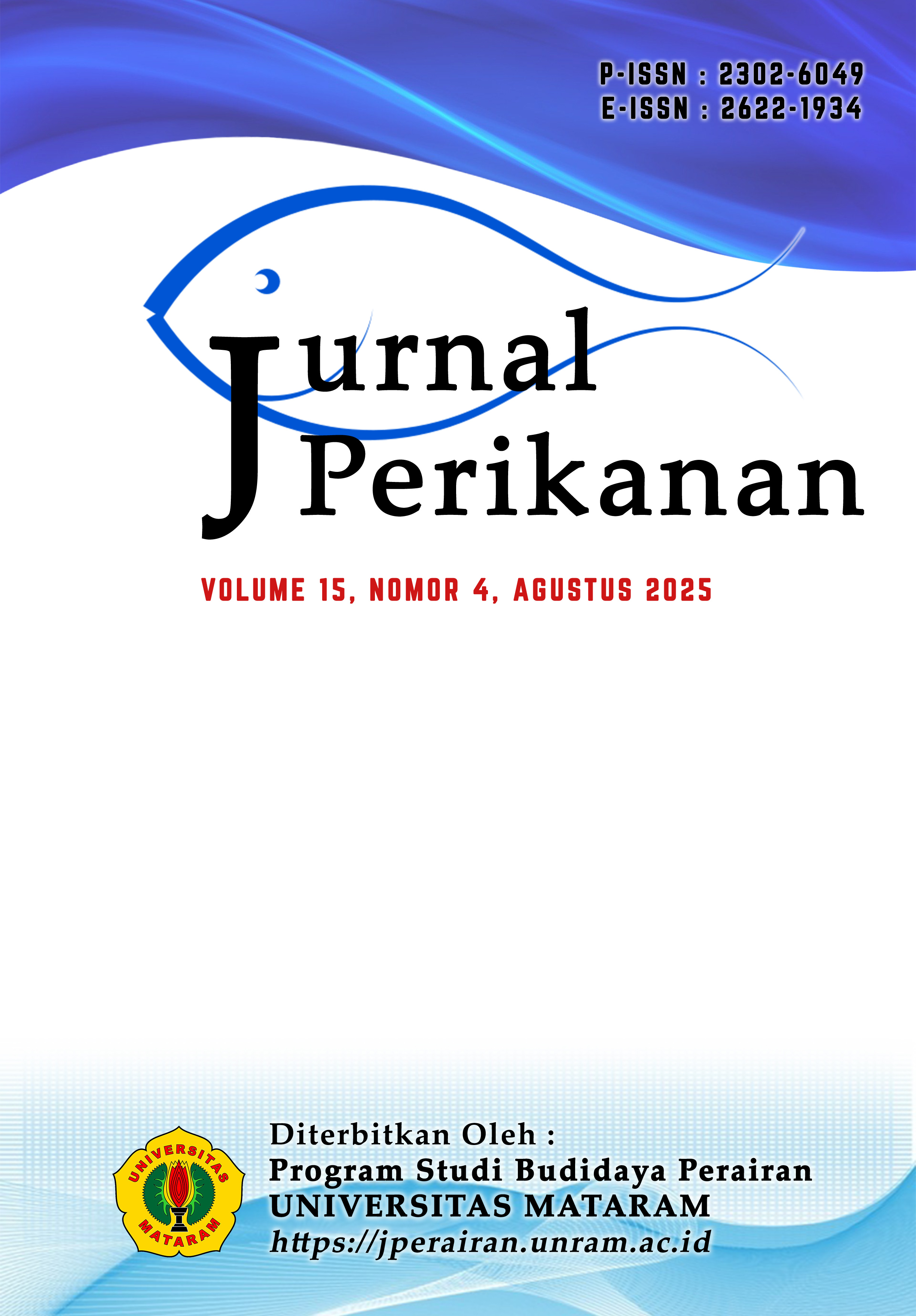PERCEPTION OF THE EKAS BUANA COASTAL COMMUNITY TOWARDS THE LARGE-SCALE SEAWEED INDUSTRY DOWNSTREAM MODELING PROJECT
DOI:
10.29303/jp.v15i4.1357Published:
2025-08-06Issue:
Vol. 15 No. 4 (2025): JURNAL PERIKANANArticles
Downloads
How to Cite
Junaidi, J., & Ashari, R. . (2025). PERCEPTION OF THE EKAS BUANA COASTAL COMMUNITY TOWARDS THE LARGE-SCALE SEAWEED INDUSTRY DOWNSTREAM MODELING PROJECT. Jurnal Perikanan Unram, 15(4), 1697–1709. https://doi.org/10.29303/jp.v15i4.1357
Downloads
Download data is not yet available.

















